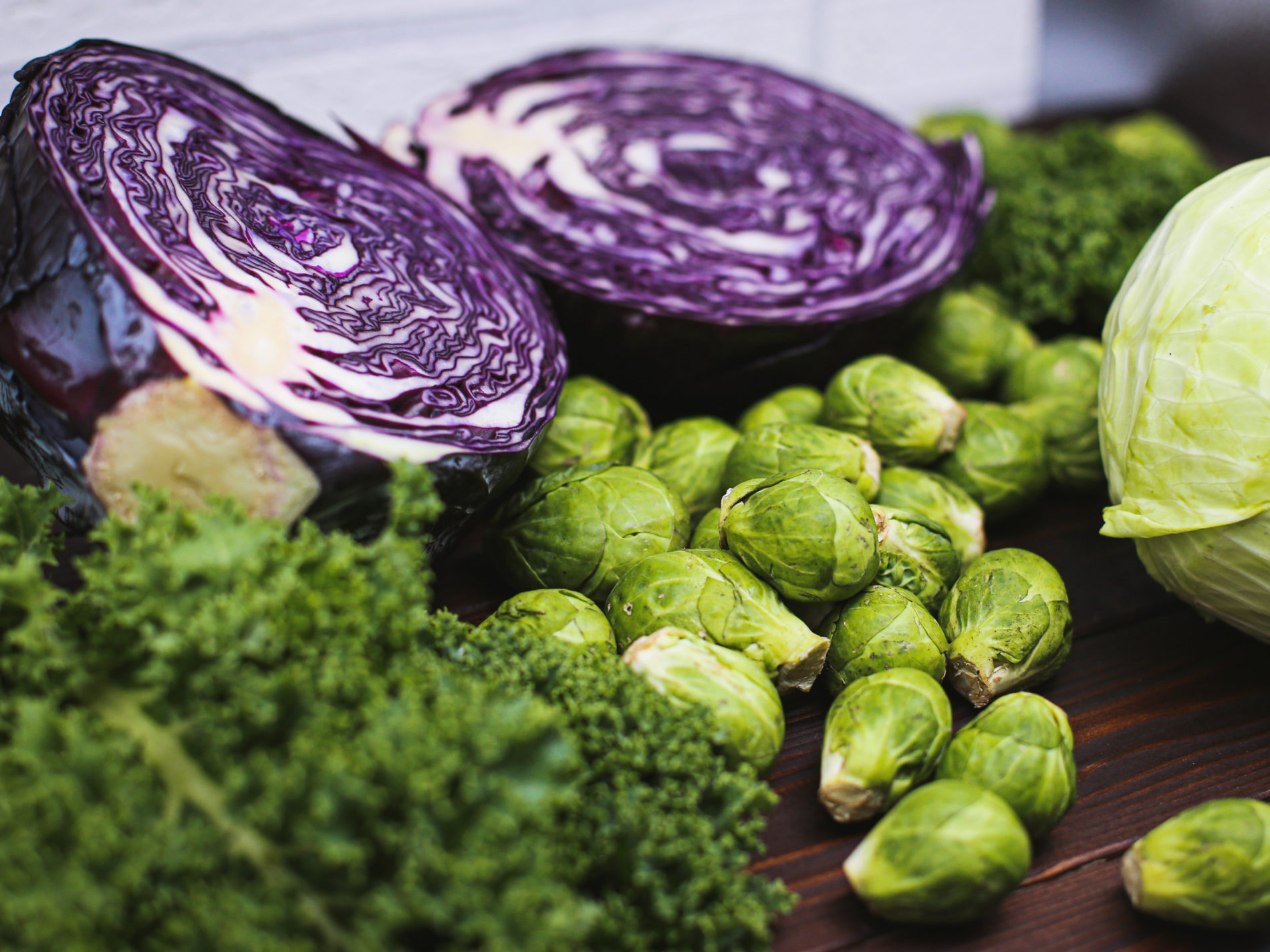These vegetables are so ubiquitous and common that you might even not know that they are called cruciferous. They take its name from the shape of their flowers whose petals resemble a cross. But we are more interested in their heads. Smooth or wrinkled, vibrant green or deep purple, multi-layer leafy firm heads that a huge number of people imagine chopped, mixed with salt and fermented into sauerkraut or sour cabbage, in case you need a direct translation. But nobody usually does. Which proves the idea that everybody knows that tangy dish. That particular sourness comes from bacteria that eats on natural sugars present in the cabbage leaves and processes them into lactic acid. And that is the reason why bad bacteria cannot thrive in such an acidic environment making sauerkraut a perfect food from storage perspective: neither refrigeration nor pasteurization is required.
Fermentation is a worldwide phenomenon, so is cabbage. That’s why we have so many krauts and variants of this dish: from whole sour cabbage heads that are rubbed with salt and tightly packed into a barrel to traditional Korean side dish kimchi that can be made from cabbage mixed with radish, salted seafood and an uneconomical amount of gochugaru – vibrant red hot chilli powder. Sauerkrauts are added to soups and pierogi (dumplings popular in most Central and Eastern Europe), meat platters and mashed potatoes, and even to hot metal pans with onions, apples, potatoes and chicken stock. And that’s a great way to cook it by the way.
But cabbage doesn’t have to be sour to belong to the hot dishes roster. Have you ever met galam plee pad nam pla? Not easy to remember, but once you try it, it will be hard to forget. This vegetable dish is Thai stir-fried cabbage with fish sauce made by chopping ½ cabbage and stir-frying it in neutral oil (we assume you don’t possess a wok by mere chance, so feel free to use any thick-bottomed pan for this task) with 5 crushed garlic cloves, a dash or two of water (it’s needed not to burn the garlic along) and 1 Tbsp of fish sauce. Add water by small increments to bring the heat down a little and pour fish sauce at the end, when the cabbage is cooked through and flaccid. Eat as an appetizer or with brown rice or roasted chickpeas.
Another truly great cabbage recipe comes from Japan. It’s called okonomiyaki and made from shredded cabbage, scallions, pickled ginger, katsuobushi (dried, fermented, and smoked skipjack tuna), eggs and flour. On top of pork belly, for instance. Okonomi basically means “how you want it”. But you might say “no, thanks I don’t want it that way with tuna and pork belly together”. But trust us, if you ever be lucky to visit a decent Japanese place where they serve traditional okonomiyaki, order it without overthinking. Of course, in your kitchen you can omit all the rare ingredients and still get a nice thing out of cabbage, scallions, eggs, flour, soy sauce and sesame oil mixed together, fried in vegetable oil and then seasoned with okonomiyaki sauce. Whip up a batch from scratch with 4 Tbsp of ketchup, 3 Tbsp of Worcestershire sauce, 2 Tbsp of oyster sauce and 1 ½ Tbsp of honey. And that’s it! Other people have never heard of okonomiyaki, and you already know how to make two things with that name. What a great day.











What do you think?